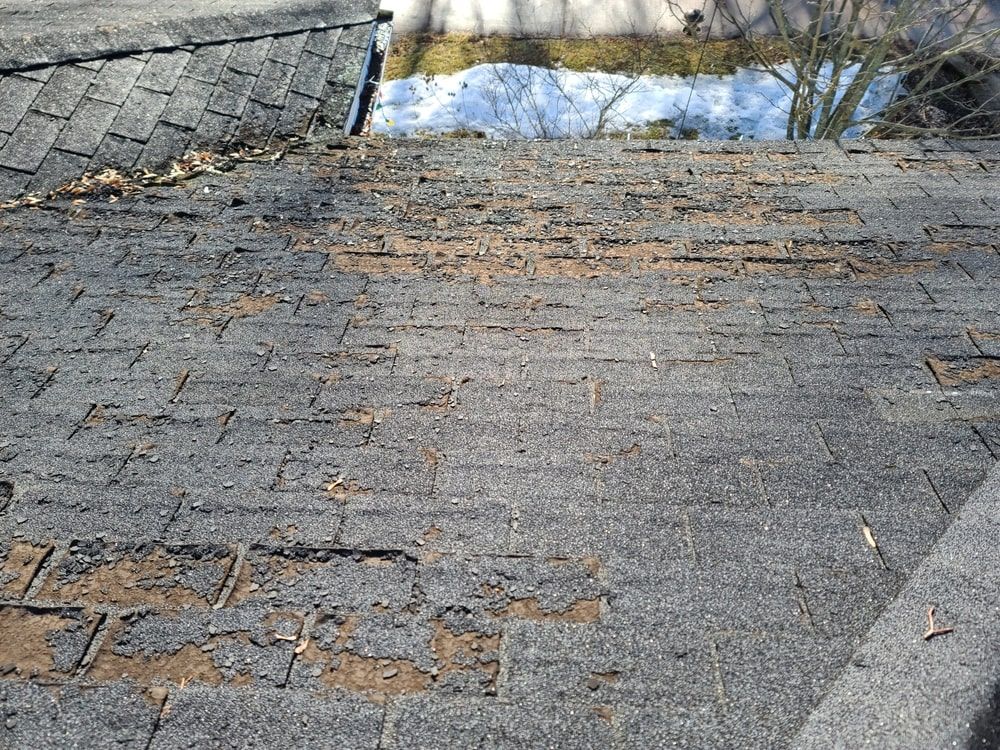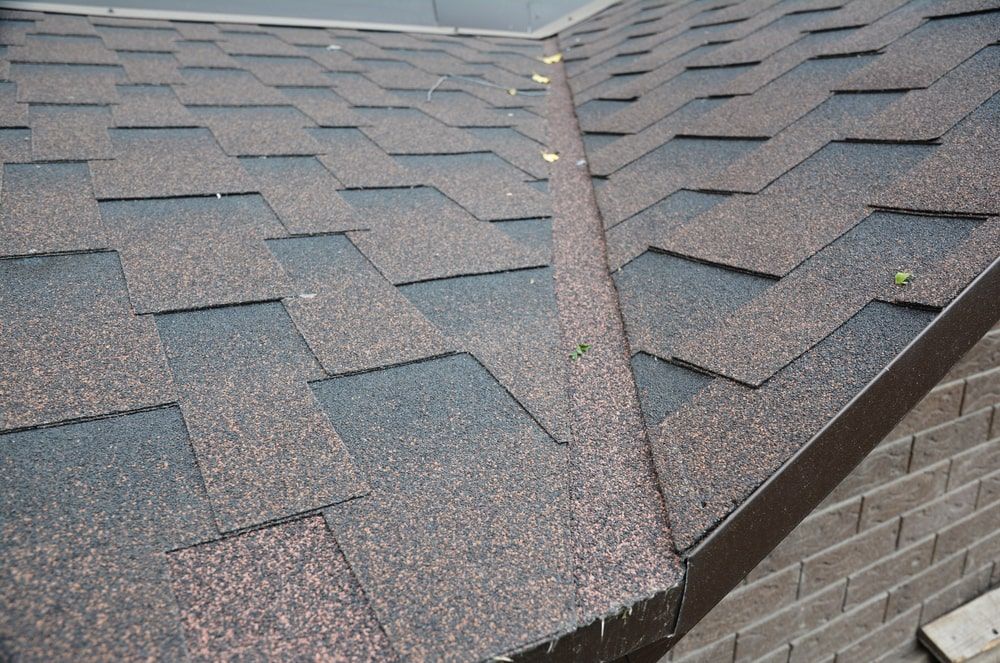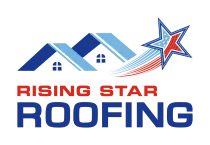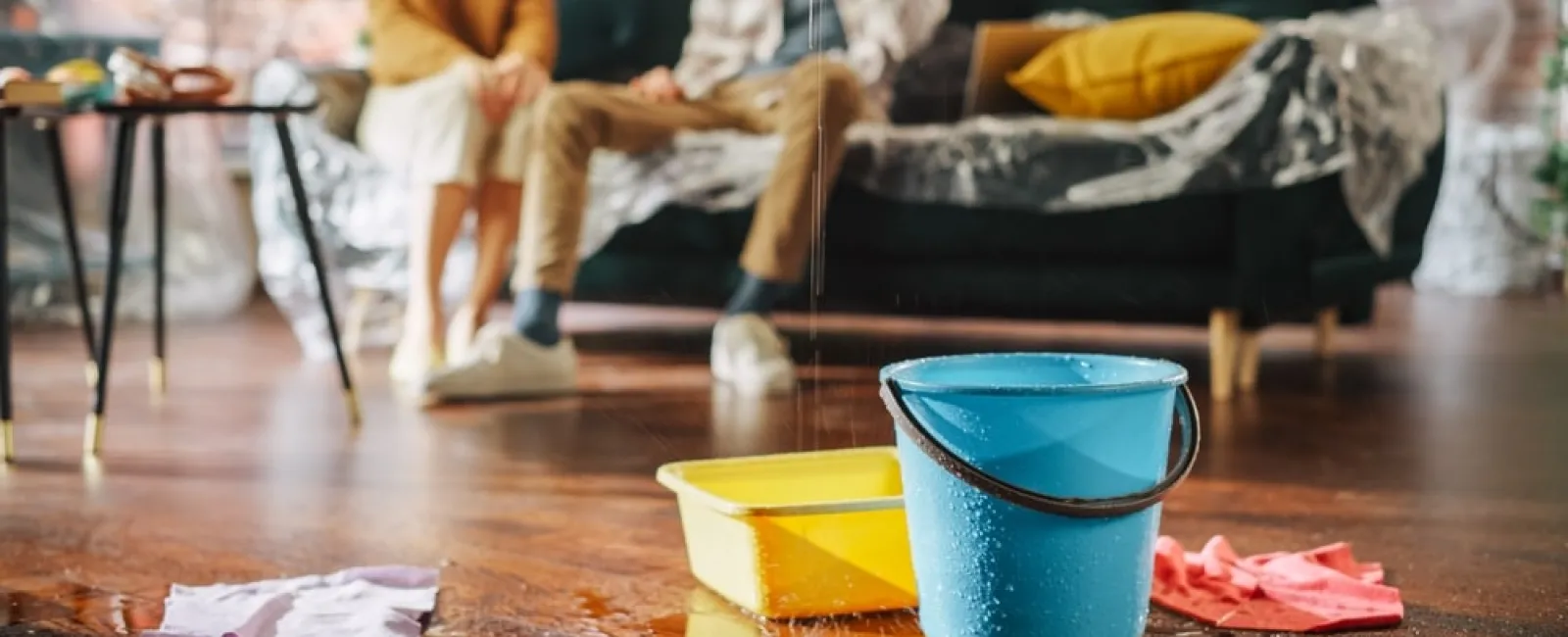A roof that's in impeccable condition keeps elements such as rain, snow, and other debris from invading your home. Any leakage in your roofing not only invites those elements into your home but can create a separate host of issues.
So, what causes roof leaks? Well, a few things. The good news is that roof leaks can be prevented. This guide to repair and prevention will help you understand the causes of roof leaks and how to prevent them.
What Causes a Roof Leak?
To properly diagnose why your roof is leaking, it's important to understand what is responsible for causing the leak to begin with. Knowing the common causes of roof leaks helps homeowners like you solve the problem behind your leaking roof, faster.
Here are some of the common causes of roof leaks:
1. Improperly Driven Nails
During the roof installation process, if the nails aren't driven far enough in or driven sideways, this can result in "nail pops." A nail pop is when nails are poorly driven into the roof and the nail works its way back up through the shingle. This creates an opportunity for rain to catch nail heads as it pours onto the roof and follows the nail into the home.
2. Roof Age

If your roof is old, there's a high chance it'll leak. Over time, your roof's materials wear down due to things such as extreme weather and temperatures, debris, and impact. This will lead to brittle tiles and cracks that diminish the protection of your roof.
3. Clogged Gutters
Functioning gutters are key to a healthy home. If your gutters clog, they won't work properly and will create avenues for leaks. This increases the risk of pooling water entering cracks and weak spots in your roofing. Clogged gutters are thankfully an easy issue to spot. You should notice debris accumulation start to show itself out of the top of your gutters.
4. Cracked Flashing
Your roof's flashing are thin pieces of metal installed under shingles. Flashing is used to create an extra water-resistant barrier for your roof. Flashing is often held together by seals and those seals can corrode over time. With this type of corrosion or your roof's flashing being exposed in general, wind and rain can create cracks, which leads to leaks.
5. Pipe Boot Failure
A pipe boot is a type of flashing that is placed around the base of pipes that stick out of your roof. When the material around the pipe boot fails, leakage may occur.
6. Broken or Missing Shingles
If the shingles on your roof become displaced or damaged, your roof can't properly protect itself. Broken or missing shingles invite outside elements to create havoc on your roof and develop opportunities for leaks.
7. Improperly Sealed Valleys

The valleys on your roof are designed to help steer water flow off of your roof. If these valleys aren't properly sealed, water can easily seep through the gaps.
8. Condensation in Your Attic
Your attic is the highest point between your home's interior and the exterior world. The clash of inside and outdoor temperatures can spawn condensation, moisture then is not far behind.
You may notice condensation buildup and leaks in your attic. At that point, you and your household have to worry about mold development. If you spot condensation or mold, this is a possible sign your roof isn't doing its main job.
How to Prevent Roof Leaks?
Roof leaks seem like a hassle, but don't get too stressed. There are proven ways to help prevent leaks in your roofing. Practicing these tips will not only mitigate roof leaks but also prolong the life and efficiency of your roof.
1. Check for damaged or missing shingles. Visually looking over your roof for damaged or missing shingles is possibly the easiest thing you can do. Simply take a look at your roof; if you notice shingles that are damaged or missing, get a roof professional on the phone to replace them.
2. Plant trees and shrubs away from your roof. Focusing on planting trees and shrubs away from your roof lessens the possibility of debris buildup.
3. Check your attic for leaks. Since your attic is the highest point of your home and coincides with your roof, checking the attic for leaks is highly recommended. Make a habit of venturing up into your attic regularly to spot any leaks or possibilities for future ones.
4. Inspect your roof flashing. It is also recommended to inspect your roof flashing a few times a year, even if nothing seems to be wrong. You'll want to make sure no flashing is exposed or loose.
5. Clean your gutters. Clean gutters are an important aspect of your home's health. Neglecting your gutters can lead to roof leaks and compromise other home systems. Get in the cleaning mood and clean your gutters during the year when rainfall is at its height.
6. Have regular inspections. You may not be able to spot every issue or possible issue with your roof, and that's ok. Roofing professionals are trained to spot these problems and alleviate them, so rely on regular inspections throughout the year.
Should I Try to Repair My Roof Myself?
No. Deciding to go the DIY route is often more costly and you run the risk of creating more issues for your roof. Taking the DIY route also comes with the possibility of hurting yourself, 500,000+ people injure themselves on ladders every year.
To avoid compounding costs, injuries, and even more roof issues, turn to trained professionals.
How Much Does It Cost To Repair a Roof Leak?
Repairing your roof and stopping leaks is dependent on the severity of your roof's issues. Roof repairs generally fall in the range of $150 to $1500, and even up to $3000 if the damage covers a wide area. This can be eye-opening and worrisome, but practicing preventative measures and scheduling regular inspections will decrease the likelihood of costly repairs.
Have a Leak? Call For Roof Inspections in Florida
If your Florida roof has leaking problems or you're worried about leaks coming to fruition in the future, turn to Rising Star Roofing. Don't push your worries off anymore and schedule a free roof inspection with Rising Star Roofing today, your roof will thank you.

